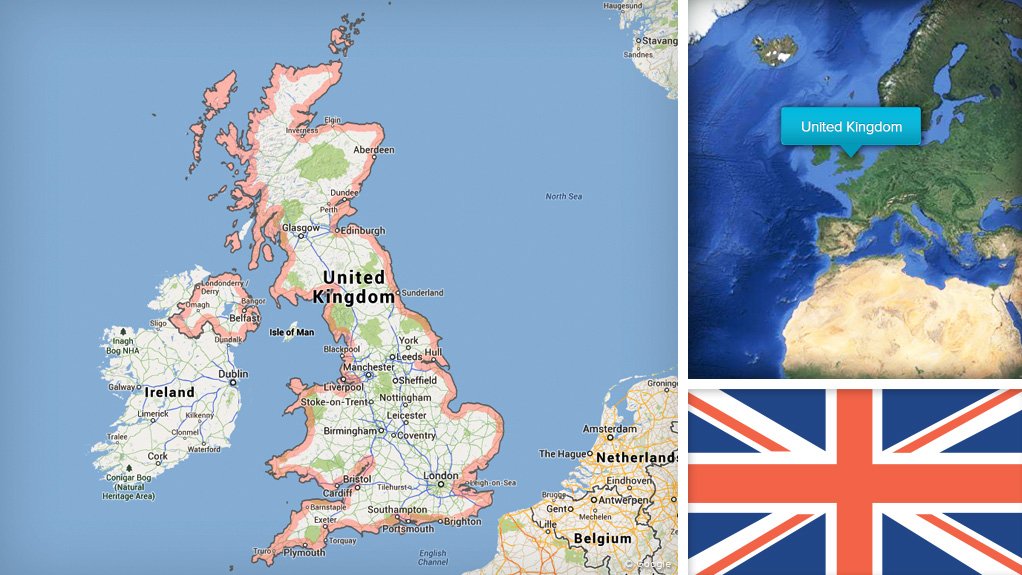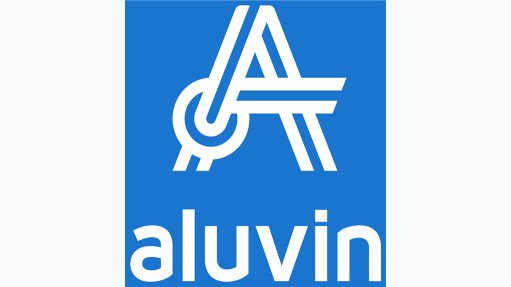Spherical Tokamak for Energy Production, UK – update


Name of the Project
Spherical Tokamak for Energy Production (STEP).
Location
England, in the UK.
Project Owner/s
UK Atomic Energy Authority (UKAEA).
Project Description
The STEP is the UK’s ambitious programme to design and build a prototype fusion plant to demonstrate the commercial viability of fusion.
Most fusion reactors are built in the shape of a ring doughnut, while the spherical plant is shaped more like a cored apple. This shape improves efficiency in the magnetic field and potentially reduces the plant’s cost.
The plant is expected to be smaller than other current fusion programmes under development, such as the International Thermonuclear Experimental Reactor.
The project will be developed in phases.
Potential Job Creation
The project is expected to support thousands of new highly skilled jobs.
Capital Expenditure
£222-million has been allocated to begin the STEP design work.
Planned Start/End Date
Operations are targeted to start in about 2040. The aim is to have a fully evolved design, and approval to build by 2032, consequently allowing for construction to start.
Latest Developments
High-temperature superconducting (HTS) tapes for use in the STEP will be tested in a Czech research reactor following the signing of an agreement between the UKAEA and Research Centre Řež (CVŘ), the Culham Centre for Future Energy has reported.
The UKAEA conducts fusion energy research on behalf of the UK government, overseeing the country's fusion programme.
Under a multiyear use-of-facility agreement, UKAEA and CVŘ will develop a first-of-a kind test rig – high neutron fluence cryogenic irradiation of superconductors (Hi-CrIS) – to provide data on the effect of a fusion-relevant neutron spectrum on superconducting properties of HTS tapes. These will be used in the STEP prototype plant to confine the fusion plasma, which can reach temperatures ten times higher than the core of the sun (about 150-million °C).
The rig, expected to be operational in 2026, will produce test results to help inform the design and life span of the STEP's superconducting magnetic components. These components will operate under cryogenic temperatures, and will be subjected to a high flux of high-energy neutrons, owing to their close proximity to the fusion plasma.
During the experiment, the samples will be irradiated with high-energy neutrons using CVŘ's LVR-15 light water tank-type research reactor. They will then remain at -253°C while being transported and measured within the test rig setup.
The Hi-CrIS test rig will allow for samples of HTS tapes to be cooled to the same cryogenic temperatures expected for the STEP's superconducting magnets. Maintaining the sample temperature during irradiation, transportation and measurement is critical in understanding how the HTS tapes degrade in their operating environment.
Hi-CrIS could also enable alternative materials testing for the potential development of future fusion power plants, UKAEA has said.
The aim for the first phase of work on the STEP is to produce a 'concept design' by the end of this year. The UK government is providing £220-million ($227-million) of funding for this part. The next phase of work will include detailed engineering design, while all relevant permissions and consents to build the prototype are sought.
The technical objectives of the STEP are to deliver predictable net electricity greater than 100 MW; innovate to exploit fusion energy beyond electricity production; ensure tritium self-sufficiency; qualify materials and components under appropriate fusion conditions; and develop a viable path towards affordable life-cycle costs.
Key Contracts, Suppliers and Consultants
Cerberus Nuclear and Assystem (STEP reactor in-board shield design); Atkins and Assystem (engineering delivery partner), including Oxford Sigma (fusion in-vessel component materials technology and safety) and Kyoto Fusioneering (in-vessel components and tritium specialist).
Contact Details for Project Information
UKAEA, tel +44 1235 528822 or email mediaenquiry@ukaea.uk
Article Enquiry
Email Article
Save Article
To advertise email advertising@creamermedia.co.za or click here
Comments
Press Office
Announcements
What's On
Subscribe to improve your user experience...
Option 1 (equivalent of R125 a month):
Receive a weekly copy of Creamer Media's Engineering News & Mining Weekly magazine
(print copy for those in South Africa and e-magazine for those outside of South Africa)
Receive daily email newsletters
Access to full search results
Access archive of magazine back copies
Access to Projects in Progress
Access to ONE Research Report of your choice in PDF format
Option 2 (equivalent of R375 a month):
All benefits from Option 1
PLUS
Access to Creamer Media's Research Channel Africa for ALL Research Reports, in PDF format, on various industrial and mining sectors
including Electricity; Water; Energy Transition; Hydrogen; Roads, Rail and Ports; Coal; Gold; Platinum; Battery Metals; etc.
Already a subscriber?
Forgotten your password?
Receive weekly copy of Creamer Media's Engineering News & Mining Weekly magazine (print copy for those in South Africa and e-magazine for those outside of South Africa)
➕
Recieve daily email newsletters
➕
Access to full search results
➕
Access archive of magazine back copies
➕
Access to Projects in Progress
➕
Access to ONE Research Report of your choice in PDF format
RESEARCH CHANNEL AFRICA
R4500 (equivalent of R375 a month)
SUBSCRIBEAll benefits from Option 1
➕
Access to Creamer Media's Research Channel Africa for ALL Research Reports on various industrial and mining sectors, in PDF format, including on:
Electricity
➕
Water
➕
Energy Transition
➕
Hydrogen
➕
Roads, Rail and Ports
➕
Coal
➕
Gold
➕
Platinum
➕
Battery Metals
➕
etc.
Receive all benefits from Option 1 or Option 2 delivered to numerous people at your company
➕
Multiple User names and Passwords for simultaneous log-ins
➕
Intranet integration access to all in your organisation

















